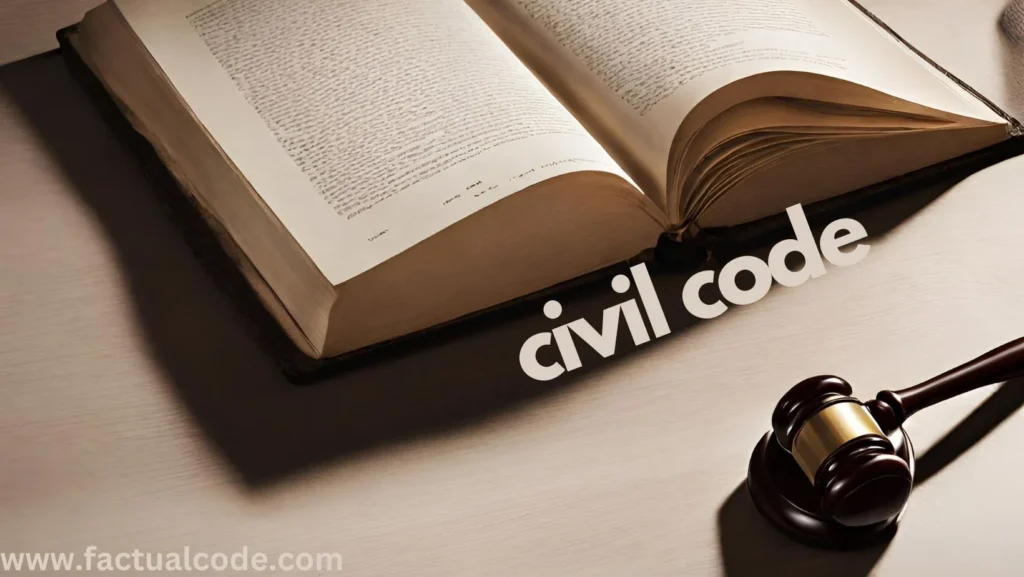Introduction
In legal terminology, pleading refers to the formal written statements submitted by the parties in a legal proceeding to present their claims and defenses. These documents are critical as they define the issues to be adjudicated, guiding the entire course of the litigation process. Pleadings ensure that both the court and the opposing party are informed of the material facts, legal grounds, and reliefs sought.
Purpose of Pleadings
The fundamental objectives of pleadings include:
1. Clarification of Issues:
Pleadings help in identifying the specific legal and factual issues in dispute, thus allowing the court and the parties to focus on relevant matters.
2. Notification:
They provide notice to the opposing party about the claims and defenses being asserted, ensuring that no one is caught by surprise during the proceedings.
3. Framework for Trial:
By outlining the material facts and legal points to be proven, pleadings set the stage for the trial.
4. Judicial Efficiency:
By narrowing the scope of the dispute to specific issues, pleadings contribute to a more efficient judicial process and can reduce litigation time.
5. Avoiding Ambiguity:
Properly drafted pleadings eliminate ambiguities by providing precise facts and legal points.
Types of Pleadings
Pleadings can broadly be categorized into the following types:
1. Plaint:
The written statement filed by the plaintiff to initiate a civil suit, outlining the facts constituting the cause of action and the relief sought.
2. Written Statement:
The defendant’s response to the plaint, where defenses, admissions, and counterclaims are raised.
3. Replication/Rejoinder:
A reply filed by the plaintiff in response to the written statement, which may further be followed by a rejoinder from the defendant.
4. Additional Pleadings:
With the court’s permission, additional pleadings may be filed to clarify or elaborate on claims and defenses.
💡 Pro Tip: Drafting an accurate plaint is crucial for a successful legal case. To learn more about the essentials of pleadings and other procedural requirements, check out our in-depth guide on How to Read CPC (Code of Civil Procedure, 1908).
Contents of a Plaint
A plaint is a formal document filed by the plaintiff to initiate a civil lawsuit. The provisions related to a plaint are primarily governed by Order VII of the Code of Civil Procedure (CPC), 1908. Below are the essential contents of a plaint:
1. Heading and Title of the Suit:
The plaint should begin with the name of the court where the suit is being filed.
It should mention the name, description, and residential address of the plaintiff.
The title must also include the name, description, and address of the defendant.
2. Cause Title:
The plaint must clearly specify the names and addresses of all parties involved in the lawsuit.
3. Jurisdiction:
The plaint must establish the court’s jurisdiction to entertain the suit by detailing why the particular court has the authority to hear the case (subject-matter jurisdiction, territorial jurisdiction, and pecuniary jurisdiction).
4. Facts Constituting the Cause of Action:
This section should provide a detailed account of the material facts that constitute the cause of action.
The cause of action must be clearly defined as it determines the legal grounds for filing the suit.
5. Facts Showing the Plaintiff’s Right to Sue:
The plaint should establish how the plaintiff has been aggrieved or injured and why they have the right to file the suit.
Any legal relationship or obligation between the parties should be highlighted.
6. Relief Claimed:
The plaint must clearly state the specific reliefs sought by the plaintiff.
The reliefs could include monetary compensation, an injunction, a declaration, or specific performance of a contract.
7. Value of the Subject Matter:
For the purpose of jurisdiction and court fees, the plaint should mention the value of the subject matter involved in the dispute.
8. Verification Clause:
This clause requires the plaintiff to affirm that the contents of the plaint are true to the best of their knowledge and belief.
9. Signature and Verification:
The plaint must be signed by the plaintiff or their authorized representative.
An affidavit verifying the truthfulness of the statements made should accompany the plaint.
10. Documents:
Copies of all documents relied upon by the plaintiff should be annexed to the plaint.
These may include contracts, agreements, correspondence, receipts, and any other supporting evidence.
11. Prayer for Relief:
This section contains a detailed prayer for the specific reliefs sought from the court.
It may be divided into sub-prayers depending on the nature of the relief sought.
Pro Tip:
A well-drafted plaint not only ensures procedural compliance but also enhances the chances of a favorable outcome by presenting a clear and persuasive narrative before the court.

